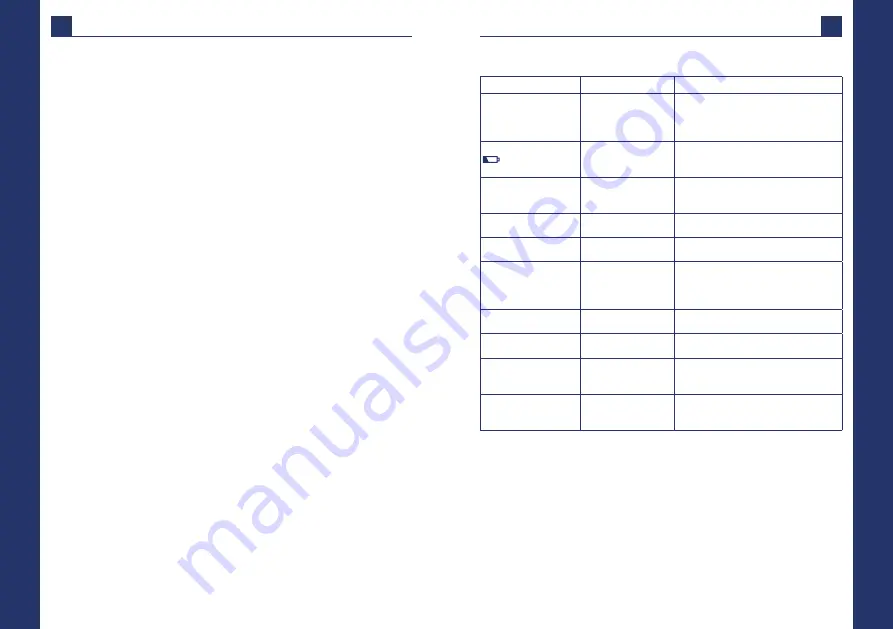
english
english
EN-52
EN-53
Technical information
E
What you should know about blood pressure
D
1. Systolic and diastolic blood pressure values
2. Why you measure different values
3. Why should you measure blood pressure regularly?
The cardiovascular system has the important function of supplying all
organs and tissues in the body with sufficient amounts of blood and of
transporting metabolites. To do so, the heart contracts and expands at a
regular rate of about 60 to 80 times per minute. The pressure of the flow-
ing blood on the artery walls caused by the heart contracting is termed
systolic. The pressure in the ensuing relaxation phase, when the heart re-
fills with blood, is termed diastolic. During daily measurement you deter-
mine both values.
Even the time of day has an effect on your blood pressure. The values are
at their highest during the day. In the course of the afternoon and in the
evening, they drop slightly. They are low while you are sleeping, but rise
again relatively quickly once you get up.
Our blood pressure responds to internal and external influences like a
sensitive measuring instrument. Affected by mental, physical and envi-
ronmental influences, it varies all the time and never remains constant.
Reasons for fluctuating blood pressure values can be: moving, speaking,
eating, consuming alcohol or nicotine, nervousness, inner tension, emo-
tions, room temperature, recent urination or bowel movements, environ-
mental influences such as movements and sounds, etc. Even changes in
the weather and climate can have an effect on your blood pressure. This
explains why values measured at the doctor are often higher than those
you obtain at home in your usual environment.
One-off and irregular measurements therefore say little about your actual
blood pressure. A reliable assessment is only possible when measure-
ments are taken regularly. Discuss the measured values with your doctor.
1. Failure messages
Failure encountered
Possible cause
Corrective action
After connecting to
the charger, the dis-
play will not show the
charge indicator.
Deep discharge of
the battery
Continue charging the device. The
charge indicator will appear once the
voltage in the battery is high enough.
See page 44.
Battery notification
+ Lo appear in
the display.
Battery weak or
empty.
Charge battery
Error message E 1
The wristband has
not been fastened
correctly.
Adjust the cuff so it is fastened cor-
rectly and repeat the measurement.
Error message E 2
The cuff has been
fastened too tightly.
Adjust the cuff so it is fastened cor-
rectly and repeat the measurement.
Error message E 3
The pressure in the
cuff is too high.
Relax for a moment and repeat the
measurement.
Error message
E 10 or E 11
Movement or talking
detected during the
measurement or the
pulse is too weak.
Movements can influence your meas-
urement. Relax for a moment and
repeat the measurement.
Error message E 20
No pulse signal
detected
Remove any clothing from your arm
and repeat the measurement.
Error message E 21
Error during meas-
urement
Relax for a moment and repeat the
measurement.
Error message EE xx Calibration error
Repeat the measurement. If the error
reoccurs, please consult visomat
customer service.
Error message
out
Values outside of
the measuring range
Relax for a while. Refasten the cuff
and repeat the measurement. If the
problem persists, consult your doctor.
2. Reset to factory settings
To reset the device to factory settings, shut the device off and press the
MEM and the Start/Stop simultaneously until ShIP appears in the lower
edge of the display. Then press the SET key, keeping it pressed until three
bars appear on the display. Now the monitor is back to its state as-deliv-
ered. To reactivate the monitor, please carry out the procedure for initial
start-up (see page 43).





















